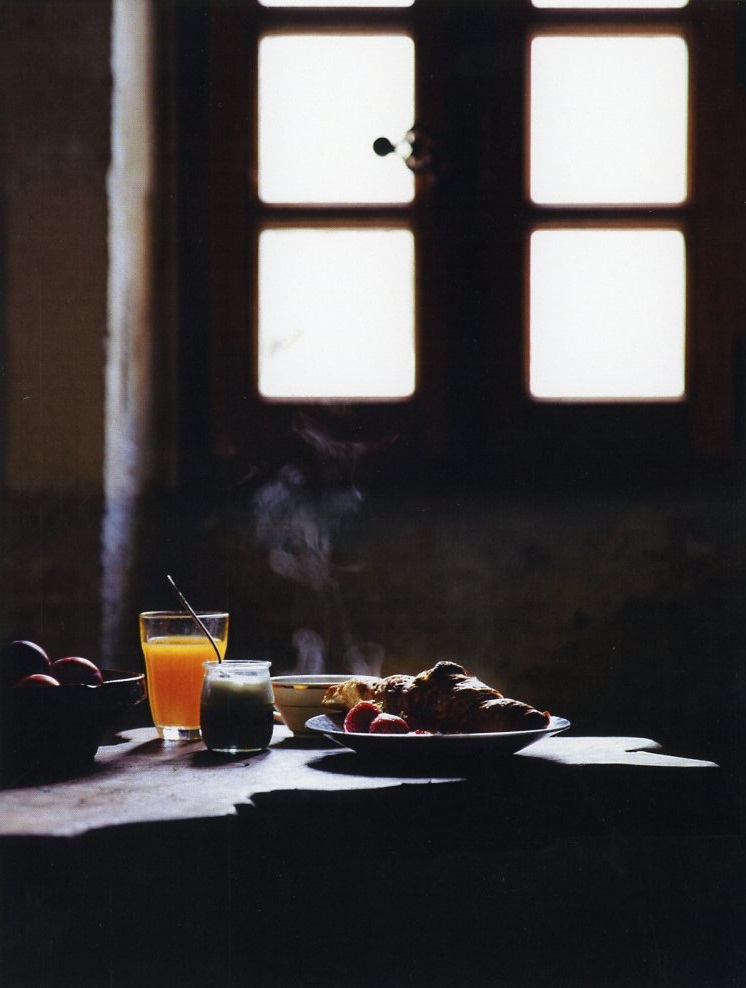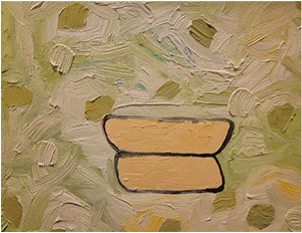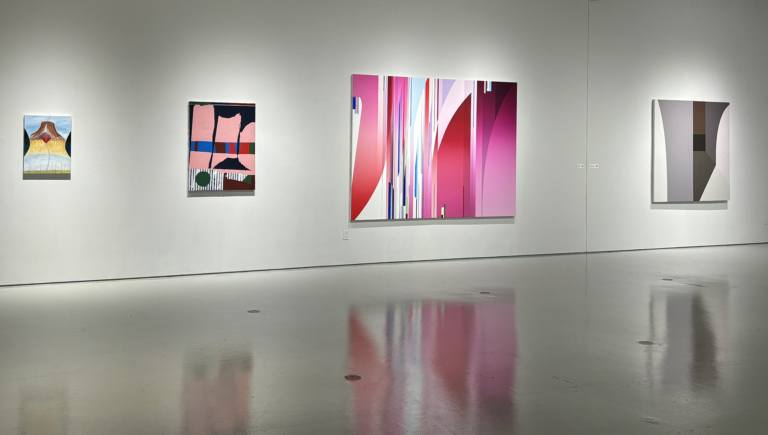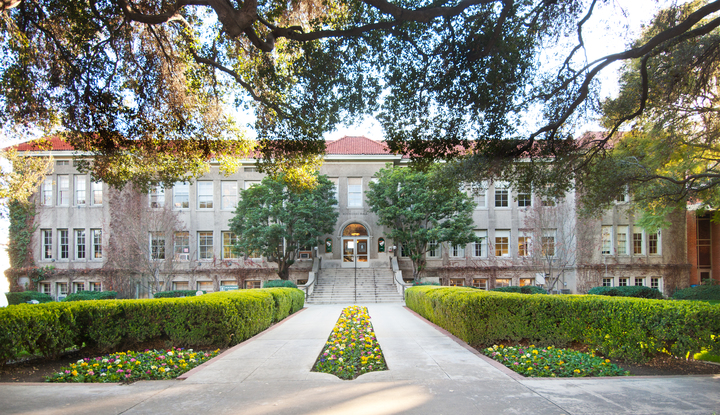Irene Carlson Gallery to Celebrate 25th Anniversary

Professor of Photography Gary Colby saw challenges when he first walked through Miller Hall in the late 1980s to investigate whether it could serve as the Photography Department’s new home.
A leaky roof and plumbing left a half inch of water on the floor. And after nearly a decade of being vacant due to seismic safety issues, feral cats had taken up residence in the building.
“There was a lot of debate about what to do with it,” said Colby, who has worked for the University of La Verne as a full-time professor since 1976.
Amid the problems, Colby also saw potential.
Windowless spaces would lend themselves to darkrooms. The long spacious corridor he found in the ground level gave him even more inspiration.
That hallway would eventually become the Irene Carlson Gallery of Photography, the first gallery of any type on the main campus. Since its opening in 1990, there have been four photo exhibitions per academic year, featuring photographers from near and far, famous and up-and-coming.
The latest exhibit “In the Mood: Photography and the Everyday” – curated by Visiting Professor of Photography Stacey McCarroll Cutshaw – is the 100th exhibit at the gallery and marks its 25th anniversary.
Cutshaw, who has been at La Verne nearly two years, said the exhibit is connected to another she curated as Director and Curator of the Boston University Art Gallery. That show focused on “vernacular photography” or images typically left out of exhibits such as family snap shots, yearbook pictures and advertising images.
“I conceived this exhibit as the response or companion to that project in that I am really interested in the way photography translates or transcribes the actual experience of everyday life,” she said.
The history of the Carlson Gallery is multilayered, telling a story of photo evolution and of Colby, a professor who has evolved along with changes in the craft. It is a story of the many students Colby has taught, some whose work has been featured in the gallery. And it is a story of a practice that influences all other academic disciplines, Colby said.
“We know differently because we’ve seen pictures,” he said. “This gallery exists to serve that idea.”
The first gallery featured the work of La Verne alumnus Alexander Gallardo, an independent award-winning photographer, who displayed his photojournalism work from the San Bernardino area.
In 2008, Colby featured photos from Associated Press photographer Nick Ut, known for his Pulitzer Prize-winning photo “The Napalm Girl” – an image that captured children fleeing from a Napalm bombing during the Vietnam War.
Another Pulitzer Prize winner, Don Bartletti of the Los Angeles Times, focused on immigration images during two exhibits. Colby sought out Bartletti for the second exhibit when the book “Enrique’s Journey” was selected for La Verne’s “One Book, One University” program. Bartletti’s photos illustrated the journey of immigrants from Latin America to the U.S. by train, including the young boy featured in the book.
Colby also curated “American Dream” featuring images captured by former student Katherine Frey, who went on to work for the Washington Post after graduating La Verne. Her 2011 exhibit featured images of life in the outskirts of Washington, DC during the height of the recession.
“The gallery has a very impressive history of photography exhibitions that really demonstrate the type of breadth and depth of photography and what we do in the Photo Department,” Cutshaw said.
The technology surrounding photography has moved from the darkroom to digital over the years, and Colby remembers when La Verne began using the first-generation Macintosh. That opened the door to scanning film for editing and archiving. And 35 mm cameras have since given way to digital. But despite that sweeping change in such a short time, Colby describes it as a small transition within what he describes as a “disruptive technology.”
“It’s just one wave in the tide of transitions within photography from its inception,” he said.
The Photography Department still teaches its students how to shoot and process film. And the faculty bring them into the present by teaching cell phone photography and photo processing on social media platforms.
That disruptive technology will continue on its path, leaving many more story-telling images and enlightenment in its wake. Colby gives much of the credit to the inventor of the Kodak camera.
“Anybody can take a picture. Thank you, George Eastman,” he said.


